
All categories
Featured selections
Trade Assurance
Buyer Central
Help Center
Get the app
Become a supplier

(154 products available)
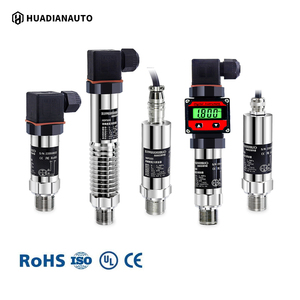



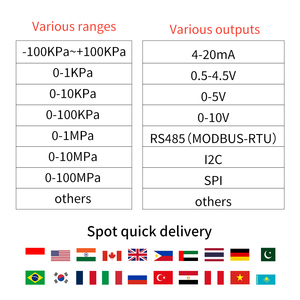




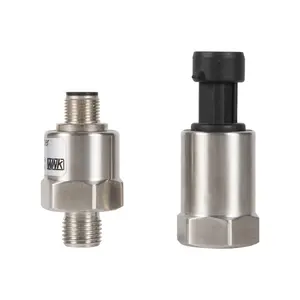
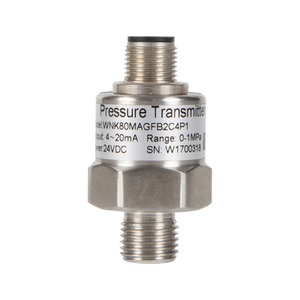











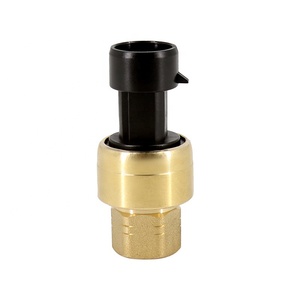

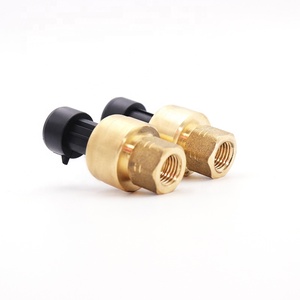
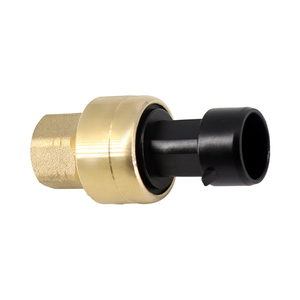


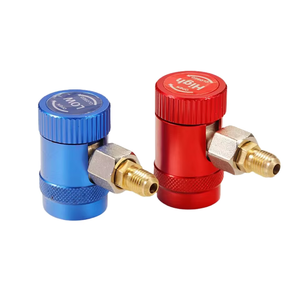







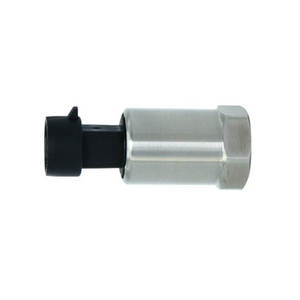



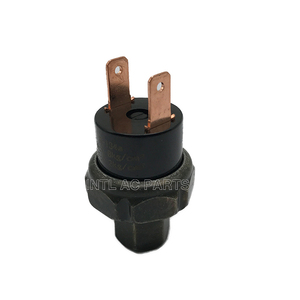



The air conditioning (AC) refrigerant pressure sensor is a vital component of the AC system, as it monitors the pressure of refrigerants in the system. It ensures that the AC system operates efficiently and optimally. There are two main types of AC refrigerant pressure sensors:
Some AC refrigerant pressure sensors can detect both low and high pressures. They are called ""dual"" or ""combined"" sensors. These sensors have both the switch and the transducer, providing comprehensive pressure monitoring and control. They are useful in applications where precise pressure control and safety cut-off are crucial, such as in automotive and industrial AC systems.
Moreover, the AC refrigerant pressure sensors can be categorized based on their technology or construction:
The choice of AC refrigerant pressure sensor depends on the specific application requirements, such as pressure range, sensitivity, and response time.
Understanding the specifications of the AC refrigerant pressure sensor is essential for selecting the right sensor for a given application and for ensuring optimal performance through proper maintenance.
Pressure Range
The pressure range measures the minimum and maximum pressures the sensor can accurately detect and represent. Depending on the vehicle and the refrigerant used, different pressure ranges are required. Generally, the pressure range for most sensors is between 0 and 300 psi.
Accuracy and Precision
Accuracy and precision ensure that the sensor provides reliable and consistent pressure readings, which are critical for the performance and efficiency of the air conditioning system. The sensor's accuracy and precision are expressed as a percentage of the full-scale reading, with lower values preferred.
Electrical Connection
The electrical connection is an important specification since it ensures compatibility between the sensor and the vehicle's electronic control unit (ECU). Different types of electrical connections include connectors with a specified number of pins and a specified shape. The electrical connection also includes voltage requirements, such as 5 volts.
Construction Material
The construction material of the sensor is important because it affects the sensor's durability, corrosion resistance, and ability to withstand harsh conditions in the vehicle's environment. Common construction materials include stainless steel, brass, and aluminum. The sensor also has a diaphragm made of a specified material, such as silicone or Teflon, that can withstand pressure changes.
Sensing Element
The sensing element of the sensor is responsible for detecting pressure changes and converting them into an electrical signal. Different sensing elements include strain gauges, capacitive elements, and piezoelectric crystals. Each sensing element has its advantages and disadvantages regarding sensitivity, response time, and stability.
Temperature Range
The temperature range is the minimum and maximum temperatures the sensor can operate in. Sensors with wider temperature ranges are more suited for vehicles in different climates.
Wiring
Inspecting the wire harness and electrical connections for damage is vital. Ensure that all electrical connections are secure and free of corrosion. Loose or corroded connections can cause inaccurate readings and system failures.
Physical Condition
Regularly checking the physical condition of the pressure sensor itself is important. Look for any signs of wear, damage, or leaks. Ensure the sensor is securely mounted and not vibrating or moving excessively, as this can lead to premature failure.
Condensate
The sensor should be free from condensate accumulation. Excessive moisture or condensate on the sensor can affect its performance and accuracy.
Choosing the right AC refrigerant pressure sensor for a specific application can be a daunting task. Here are some factors that make it difficult to choose the right sensor:
With all these considerations, it's apparent that choosing the right sensor can be difficult. But don't worry; the guide below will help.
First and foremost, determine the required measurement range by understanding the pressure limits of the refrigerant system. Then, look for a sensor with a pressure range that matches the specified system.
Ensure that the material used to construct the sensor is compatible with the refrigerant. It should also be corrosion-resistant to ensure durability and reliability.
Choose a sensor with excellent stability, low hysteresis, and accuracy to ensure reliable pressure measurements, even in fluctuating conditions.
To make the sensor easily integrated into the refrigerant system, select one that is compact and lightweight and consider the mounting options and electrical connections.
For the chosen sensor to deliver optimal performance, ensure that it is properly installed and maintained according to the manufacturer's instructions.
AC refrigerant pressure sensors are easy to replace. But, manufacturers recommend that only qualified technicians should handle the replacement to avoid damaging the vehicle. If the vehicle owner decides to replace it on their own, below are the steps to follow.
Firstly, it is important to have the right tools for the job. The main tool needed is a pressure sensor socket. Other tools that may be needed include a new pressure sensor, protective gloves, and safety glasses.
Locate the pressure sensor in the vehicle. It is usually located near the evaporator in the AC system. Once located, disconnect the electrical connector from the sensor. After that, use the pressure sensor socket to remove the sensor from its mounting.
With the old sensor removed, it is now time to install the new sensor. First, install the new sensor into its mounting using the pressure sensor socket. Then, reconnect the electrical connector to the sensor. Make sure it is tightly connected to avoid any leaks.
After installing the sensor, it's important to run a diagnostic test to ensure it's working properly. Check for any error codes related to the AC system and clear them. Then, start the vehicle and test the AC system to ensure it's cooling effectively.
After the DIY replacement, it's important to regularly check the AC system's performance. Monitor the refrigerant levels and ensure there are no leaks. If the AC system shows any signs of malfunction, consult a professional mechanic.
AC refrigerant pressure sensors are not very expensive. Plus, the DIY replacement is cost-effective as long as the vehicle owner has the right tools. However, ensure that a qualified technician handles the replacement if the vehicle owner cannot afford the tools or fix it on their own.
Q1: What is the function of the AC refrigerant pressure sensor?
A1: The AC refrigerant pressure sensor measures the pressure and flow of the refrigerant within the vehicle's air conditioning system. It helps maintain optimal performance and efficiency by sending this information to the system's control unit.
Q2: Where is the AC refrigerant pressure sensor located?
A2: The AC refrigerant pressure sensor is typically located on one of the air conditioning lines, often near the evaporator or condenser. Its position may vary depending on the vehicle's make and model.
Q3: Can a faulty AC refrigerant pressure sensor be replaced easily?
A3: Yes, a faulty sensor can be replaced. However, the replacement process should be carried out by a qualified technician to ensure proper installation and system evacuation to avoid refrigerant leakage.
Q4: Does the AC refrigerant pressure sensor require maintenance?
A4: The AC refrigerant pressure sensor generally does not require specific maintenance. However, keeping the air conditioning system well-maintained and periodic checks can help ensure the sensor's longevity and accurate performance.